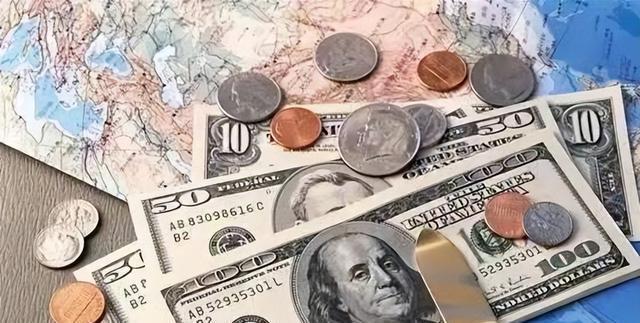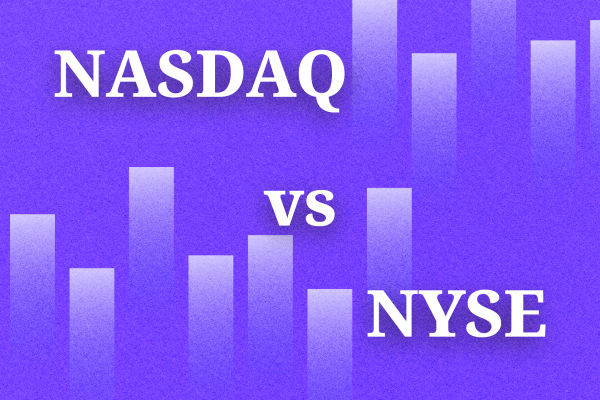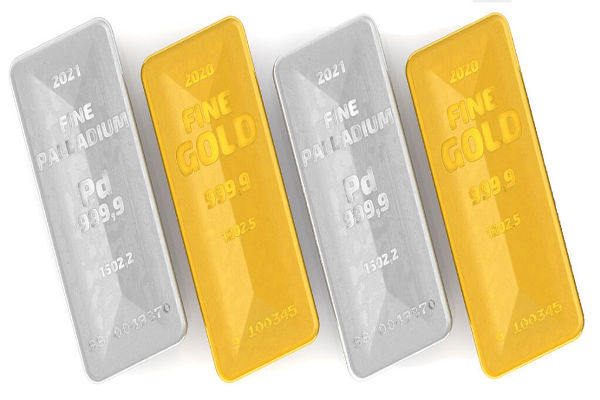The "Bretton Woods system" refers to the International monetary system with
the US dollar as the center after World War II. In July 1944, representatives of
major Western countries established the system at the United Nations
International Monetary and Financial Conference. Since the conference was held
in Bretton Woods, New Hampshire, in the United States, it is called the "Bretton
Woods system".

The Essence of the Bretton Woods System
The essence of the Bretton Woods system is to establish an International
monetary system centered on the US dollar. Its basic content is that the dollar
is linked to gold, the currencies of other countries are linked to the dollar,
and a fixed Exchange rate regime system is implemented. This system established
the international financial order after World War II and indeed brought about an
era of unprecedented development in international trade and increasing
interdependence in the global economy for a considerable period of time after
the war. But in the 1960s and 1970s, after experiencing multiple dollar crises,
the system gradually disintegrated. However, the World Bank and the
International Monetary Fund, the two institutions born from the Bretton Woods
Conference, still play a crucial role in world trade and financial patterns.
In the 50 years of the second half of the 20th century, GATT, the World Bank,
and the International Monetary Fund were considered the three pillars supporting
the world's economic, trade, and financial patterns. These three pillars
actually originated from the Bretton Woods Conference held in 1944. The latter
two are commonly referred to as the Bretton Woods monetary system.
As a supplement to the Bretton Woods Conference, together with the agreements
adopted at the Bretton Woods Conference, the General Agreement on Tariffs is
collectively referred to as the "Bretton Woods system", that is, the
multilateral economic system with foreign exchange liberalization, capital
liberalization, and trade liberalization as its main content, which constitutes
the core content of the capitalist group, and is the system to achieve American
economic hegemony in accordance with the principles formulated by the United
States.
The Bretton Woods monetary system refers to the International monetary system
with the US dollar as the center after the war. The International monetary
system refers to the sum of the rules, measures, and corresponding
organizational forms determined by the arrangements jointly made by countries on
issues such as currency exchange, balance of payments adjustment, and
composition of international reserve assets. An effective and stable
International monetary system is an extremely important part of the
international economy.
Challenge and Disintegration
In the 20 years between the two world wars and the Bretton Woods system, the
International monetary system was divided into several competing monetary blocs.
The currencies of various countries were devalued and unstable because each
economic group wanted to solve its own international balance of payments and
employment problems at the expense of others' interests, presenting a state of
Anarchy. In the 1930s, after the world economic crisis and World War II, the
economic and political strength of various countries underwent major changes.
The United States has become the leader of the capitalist world, and the
international position of the US dollar has been unprecedentedly stable because
of its huge strength in international Gold reserves. This makes it possible to
establish an International monetary system with the US dollar as the pillar,
which is conducive to US foreign Economic expansion.
Against this background, in July 1944, economic envoys from 44 countries or
governments gathered in Bretton Woods, New Hampshire, to discuss the post-war
world trade pattern. The meeting adopted the International Monetary Fund
Agreement and decided to establish an International Bank for Reconstruction and
Development (the World Bank), the International Monetary Fund, and a global
trade organization.
On December 27, 1945, representatives of 22 countries participating in the
Bretton Woods Conference signed the Bretton Woods Agreement, officially
establishing the International Monetary Fund and the World Bank. The two
institutions have been permanent specialized agencies of the United Nations
since November 15, 1947. China is the founder of these two institutions. In
1980, the legitimate seats of China in these two institutions were restored
successively.
Since then, a new period has begun in the history of the International
monetary system.
The Bretton Woods system is based on gold and uses the US dollar as the main
international reserve currency. The US dollar is directly linked to gold, while
currencies of various countries are linked to the US dollar and can be exchanged
for gold from the United States at an official price of 35 US dollars per ounce.
Under the Bretton Woods system, the convertibility of the US dollar to gold and
the implementation of the adjustable pegged exchange rate system by countries
constitute the two pillars of the monetary system. The International Monetary
Fund is the central institution that maintains the normal operation of the
system. It has three major functions: monitoring the international exchange
rate, providing international credit, and coordinating international monetary
relations.
The establishment of the Bretton Woods system has indeed brought about an era
of unprecedented development of international trade and increasing
interdependence of the global economy for quite some time after the war.
However, the Bretton Woods system has its own insurmountable defects. Its fatal
point is that it uses a country's currency (the US dollar) as its main reserve
asset, which has inherent instability. Because only by relying on the long-term
trade deficit of the United States can the US dollar spread to various parts of
the world and enable other countries to obtain supplies of US dollars.
But in this way, it will inevitably affect people's confidence in the US
dollar and cause a US dollar crisis. If the United States maintains a balance of
payments, it will cut off the supply of international reserves, leading to
insufficient international solvency. This is an insurmountable
contradiction.
Decline and End of Bretton Woods System
Starting in the late 1950s, as the competitiveness of the US economy
gradually weakened, its international balance of payments began to deteriorate,
leading to a global "dollar surplus" situation. Countries sold dollars to
exchange for gold, and a large amount of US gold began to flow out. In 1971, the
Gold reserve of the United States could no longer support the growing flood of
dollars. The Nixon administration was forced to abandon the "Gold standard" of
the dollar, which was used to exchange gold at the official price of 35 dollars
an ounce, and implement the free floating of the price of gold against the
dollar. The European Economic Community, Japan, Canada, and other countries have
announced the implementation of the Floating exchange rate and will no longer
assume the obligation to maintain the fixed exchange rate of the US dollar. The
US dollar will no longer be the center of all currencies in all countries. This
marks the fact that the foundation of the Bretton Woods system has been
completely lost and that the system has finally collapsed.
However, the World Bank and the International Monetary Fund, the two
institutions born from the Bretton Woods Conference, still play a crucial role
in world trade and financial patterns.







